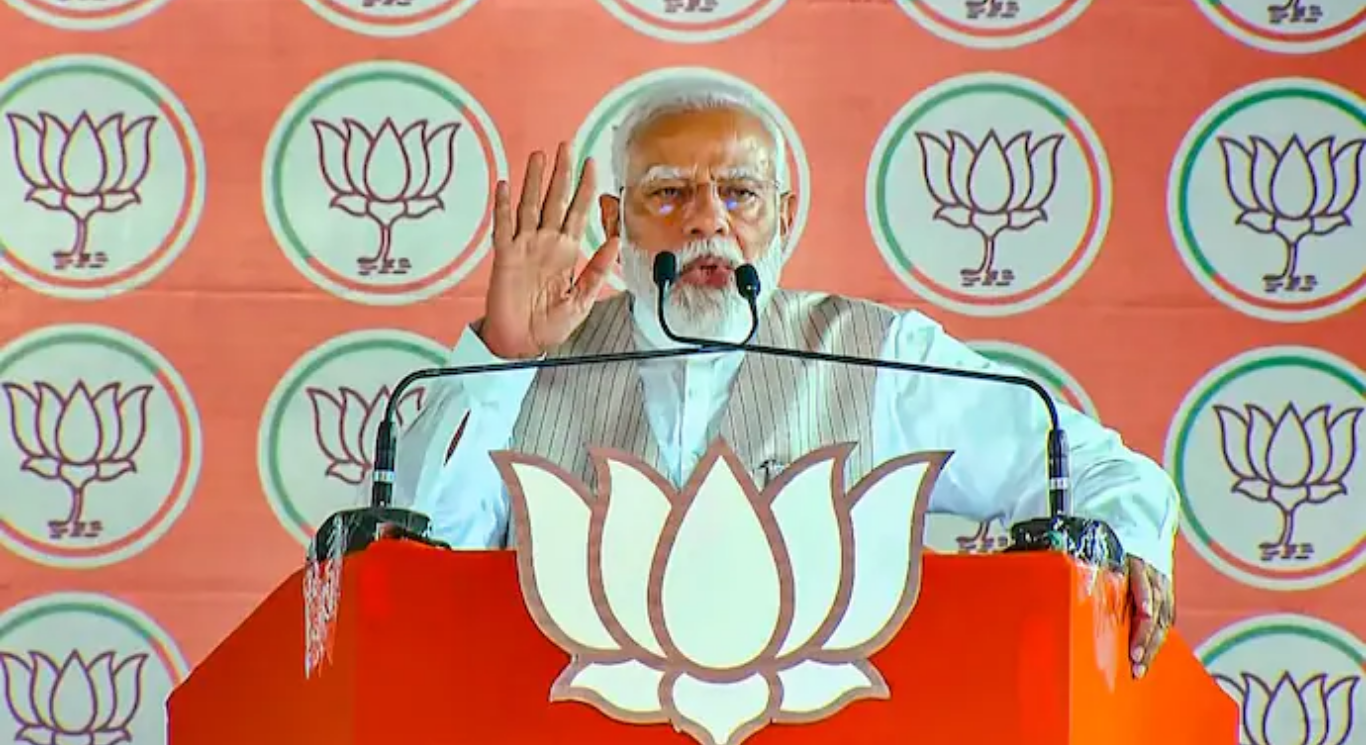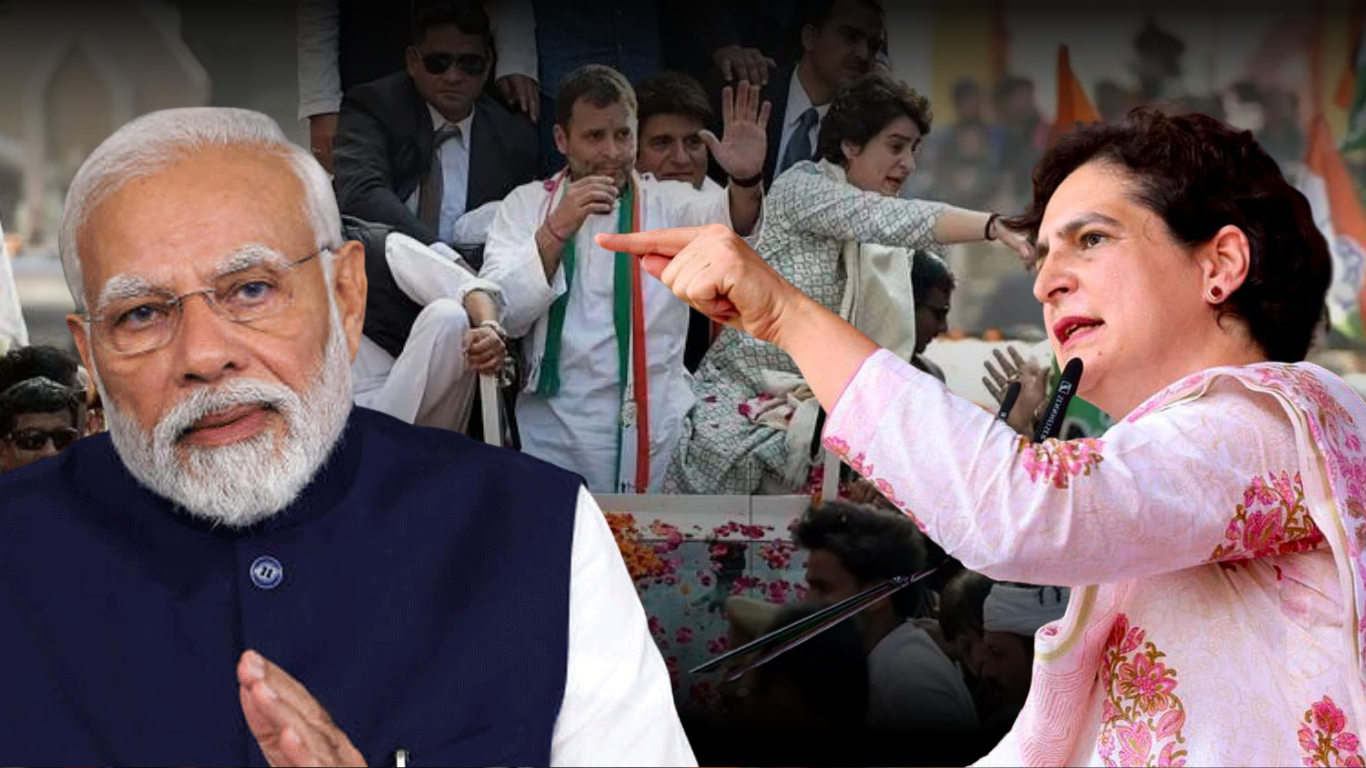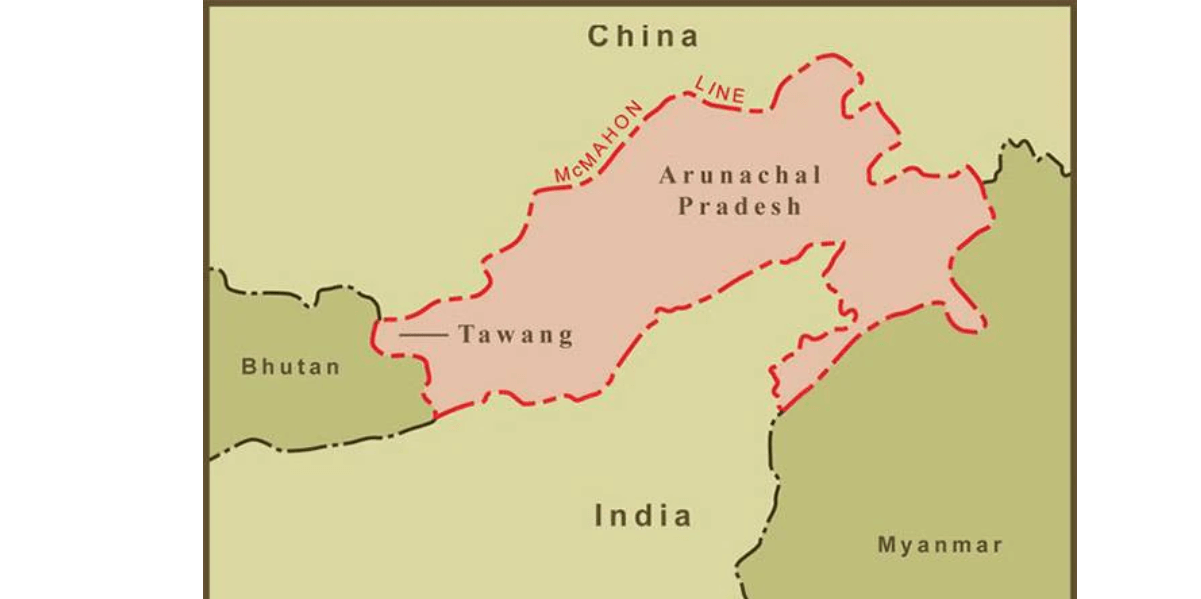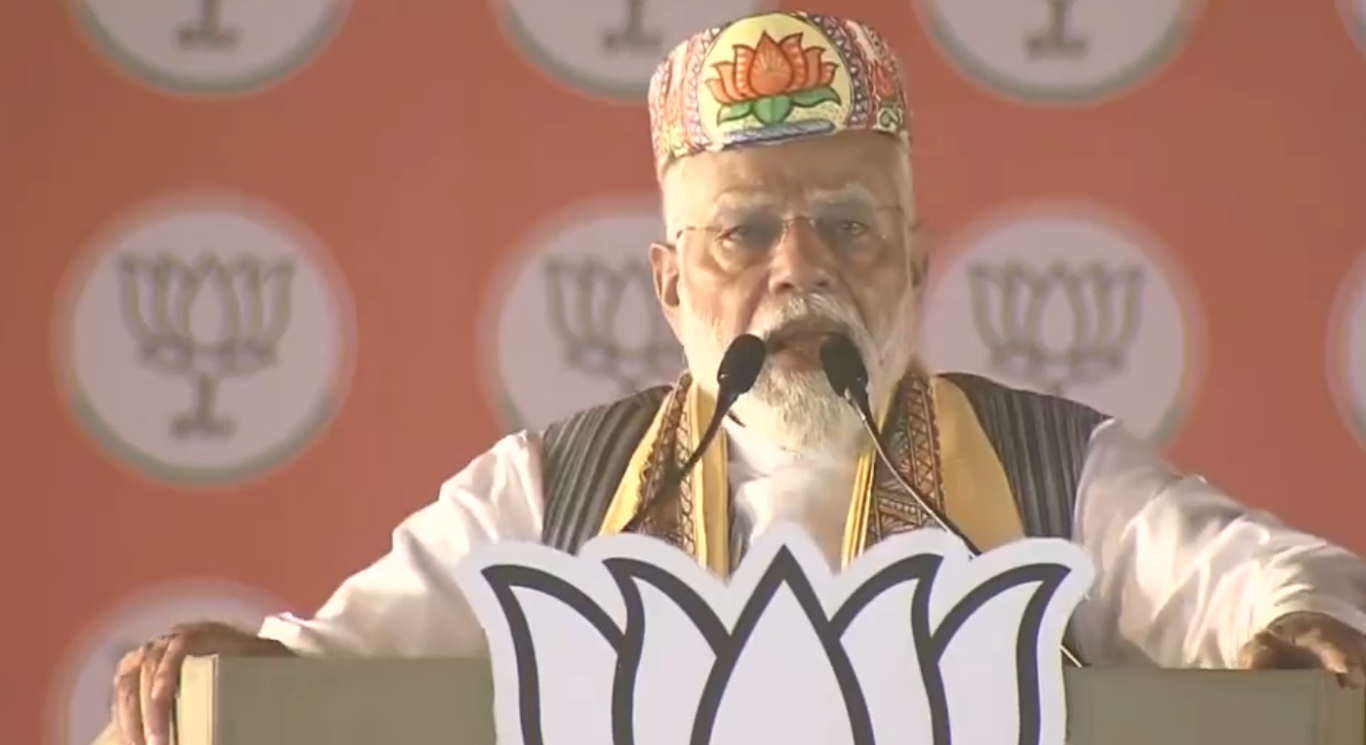










China’s recent release of its updated “Standard Map” has ignited diplomatic tensions and raised concerns as it incorporates disputed territories, including Arunachal Pradesh, Aksai Chin, Taiwan and regions in the South China Sea. The release of the map, referred to as the 2023 edition, by China’s Ministry of Natural Resources Standard Map service website, has drawn international attention and criticism.
The map, which presents China’s perspective on global geography using national boundaries, has caused apprehensions among neighbouring nations due to its potential to inflame existing disputes. Notably, the map includes territories like Arunachal Pradesh and Aksai Chin, which have long been subject to conflicting claims between China and India. Despite China’s insistence on asserting its control over Arunachal Pradesh as South Tibet, India has consistently affirmed its sovereignty over the region. NewsX’s Vineet Malhotra discusses this issue with the panellists Ambassador Deepak Vohra, Major General (Retd) AK Siwach, Foreign Policy Expert Vijay Kranti and The Sunday Guardian Editorial Director Madhav Nalapat.
The timing of the map’s release has also raised eyebrows, coinciding with India’s recent achievement in landing on the moon and the upcoming G20 meeting. Experts speculate that China may be using this map to divert attention from internal issues, such as economic challenges and internal dissent. The release of the map is seen as an attempt to strengthen Xi Jinping’s position within the Communist Party and the People’s Liberation Army (PLA) by emphasizing China’s territorial claims.
Watch the telecast:
The map portrays China’s expansive territorial assertions, including its “nine-dash line” claim over parts of the South China Sea and its assertion over Taiwan. Such claims have alarmed neighbouring countries, including ASEAN members, and fueled discussions about forming alliances to counter China’s ambitions.
Experts suggest that China’s actions are aimed at challenging the existing world order, projecting its dominance, and diverting attention from domestic concerns. Observers argue that a united front among democratic nations is necessary to counter China’s assertive behaviour and promote global stability.
As tensions escalate and geopolitical dynamics evolve, countries like India, the United States, Japan, and others are urged to strengthen their diplomatic and defence strategies. The release of this map underscores the need for a proactive approach and international cooperation to address China’s territorial claims and assertive actions effectively.









